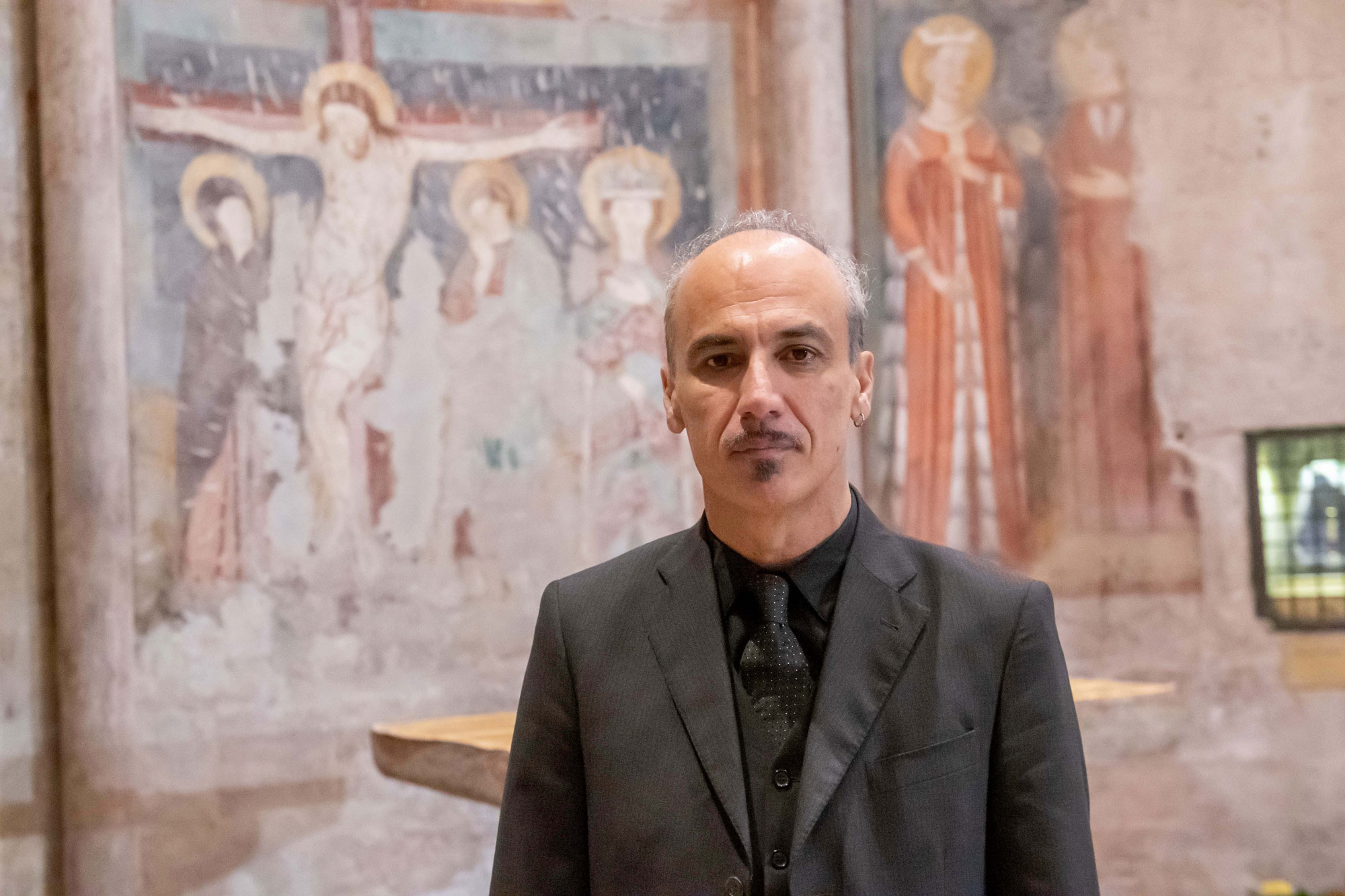Some stories return from far away. And even if they speak of a distant past — of a woman who lived in a small village in Trentino during the 19th century, never leaving her room — they sometimes manage to feel surprisingly contemporary. That’s what happened to Pino Loperfido, a writer and journalist, who decided to tell the story of Maria Domenica Lazzeri in his latest book, Il Dono, published by Edizioni del Faro.
“Lazzeri entered my life in 1998,” he recounts. “I was attending a conference in Rimini. One of the speakers mentioned her, and I had never heard of her before. It was love at first sight. There were two main reasons: first, it’s a very well-documented story, with an incredible amount of sources, even secular ones; second, it’s a story with a European dimension. Witnesses came from all over, they commented on it, they observed it. It was a story that circulated across the entire continent.”
But what drove a modern author, used to working with news and investigative reports, to tell the story of a 19th-century mystic?
“That’s exactly where the fascination lies,” he says. “It’s a story that almost has the structure of an investigation. There are documents, letters, testimonies. But there’s also something beyond that. And then, it happened in my own region — and I knew nothing about it. That really struck me.”
The book also features a contemporary character: Giulio, an Italian-American who embarks on a journey in search of his spiritual roots. “He served as a bridge between Italy and the United States. We’re not talking about miracles here — that’s not our role. But the fact is that once he came into contact with this story, his life changed. He recovered from a very serious health crisis. And today he’s one of the main promoters of this American chapter, with a foundation and a group of philanthropists raising funds to spread awareness of Lazzeri’s life.”
Loperfido is less interested in sensationalism and more in the dynamic between seeker and discovery. And that’s clear from the tone of the book, which weaves together doubt and faith, irony and detachment — yet never feels unsure. Is it a book for nonbelievers as well?
“Definitely. In fact, I jokingly say it’s a book that manages to disappoint just about everyone — both believers and nonbelievers. And that’s exactly why it appeals to both. I tried to maintain a detached, almost journalistic point of view. Just like I’ve done in my other works. I think it’s the best way to tell a story objectively. I was raised Christian, but in this case, I took a step back — just enough to tell this story without tinting it.”
There is, however, a part of the story that takes place outside Lazzeri’s room, beyond her life, and even after her death. It’s the part that concerns the Church’s silence — a long, heavy silence. “We’re talking about a century and a half,” he explains. “After Lazzeri’s death, there was a period of great caution. But sometimes it was outright censorship. Even blatant, directed at those who tried to learn more. There are many mysteries, one after another. From a journalistic point of view, what happened after her death is almost more interesting. That’s where you realize something doesn’t add up. That’s what pushed me to investigate. For example, the fact that even today, despite Pope Francis declaring Maria Domenica Lazzeri ‘venerable’ in 2023, very few people in Trentino — where she lived — even know her name. That’s something I still can’t explain.”
So one might wonder whether this story, which spans centuries and oceans, still has something to say — especially to those far away, to Italians around the world.
“She’s a figure that speaks to people’s roots,” says Loperfido. “But not just spiritual roots. I mean cultural belonging. In the 19th century, people came from everywhere — even from Australia — to visit this woman. Today it seems like that movement has reversed. It’s as if she’s now coming back to visit them.” As often happens with certain stories, we never really know where they begin or where they end. But if they keep being passed from one person to another, it’s because they still have something to say.

